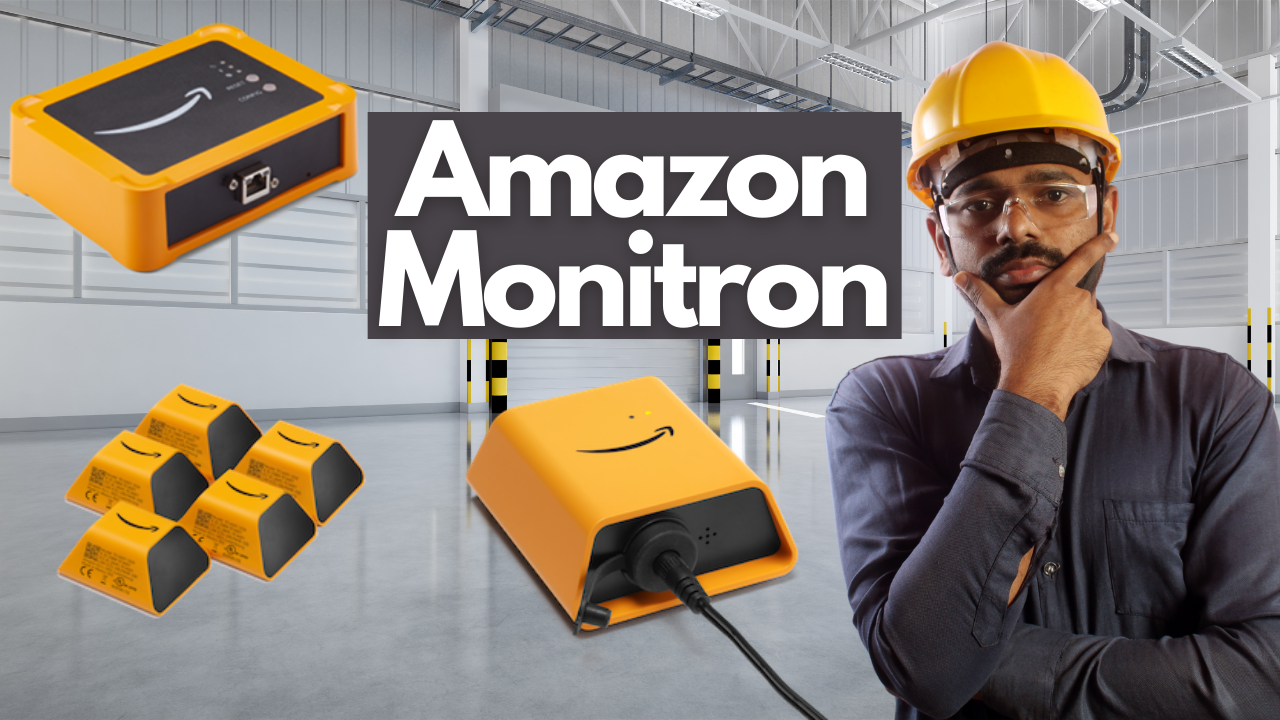Simplifying the Implementation of Amazon Monitron in AWS: A Step-by-Step Guide with Examples
 Sumit Mondal
Sumit Mondal
Introduction:
Amazon Monitron is an innovative service by AWS that enables predictive maintenance for industrial equipment, helping businesses minimize downtime and optimize maintenance costs. In this blog, we'll guide you through the process of implementing Amazon Monitron in AWS in a simple and easy-to-understand manner, complete with practical examples.
Step 1: Set Up Your AWS Account:
Before you start implementing Amazon Monitron, ensure you have an AWS account. If you don't, sign up for one on the AWS website. Once you're logged in, navigate to the AWS Management Console.
Step 2: Access the Amazon Monitron Console:
In the AWS Management Console, find the Amazon Monitron service. You can either search for it or locate it under the "Machine Learning" category. Click on the "Monitron" service to access the Monitron console.
Step 3: Create a Detector:
Detectors in Amazon Monitron are used to monitor equipment and detect anomalies. To create a detector, click on the "Create detector" button in the Monitron console. Follow the wizard, providing necessary details like detector name, sampling rate, and data source.
Example:
Detector Name: HVAC-Monitor
Sampling Rate: 1 minute
Data Source: Choose the appropriate source for your equipment data, such as AWS IoT Analytics or Amazon S3.
Step 4: Define Variables and Labels:
Once your detector is created, define the variables you want to monitor and add labels to differentiate between normal and abnormal states. For example, if you're monitoring temperature, set temperature as a variable and add labels like "Normal" and "High."
Example:
Variables: Temperature, Pressure, Vibration
Labels: Normal, High
Step 5: Train the Model:
Training the model involves feeding historical data into the system to allow Monitron to learn the normal behavior of your equipment. Click on the "Train model" button in the Monitron console and follow the prompts.
Step 6: Deploy the Detector:
After the model is trained, deploy the detector to start real-time monitoring. You can choose the desired deployment schedule based on your equipment's characteristics.
Step 7: Set Up Alerts:
Configure alerts to receive notifications when the detector identifies anomalies. This ensures you can take timely action to prevent equipment failure or damage.
Example:
Alert Type: Email, SMS
Threshold: Set the threshold for triggering an alert based on anomaly severity.
Step 8: Monitor and Optimize:
Regularly check the Monitron console for insights into your equipment's health. Monitor the detector's performance and adjust settings if necessary to optimize its accuracy.
Conclusion:
Implementing Amazon Monitron in AWS is a straightforward process that involves creating a detector, defining variables, training the model, and deploying it for real-time monitoring. By following this step-by-step guide with practical examples, you can harness the power of predictive maintenance, ensuring the reliability and efficiency of your industrial equipment.
Subscribe to my newsletter
Read articles from Sumit Mondal directly inside your inbox. Subscribe to the newsletter, and don't miss out.
Written by

Sumit Mondal
Sumit Mondal
Hello Hashnode Community! I'm Sumit Mondal, your friendly neighborhood DevOps Engineer on a mission to elevate the world of software development and operations! Join me on Hashnode, and let's code, deploy, and innovate our way to success! Together, we'll shape the future of DevOps one commit at a time. #DevOps #Automation #ContinuousDelivery #HashnodeHero